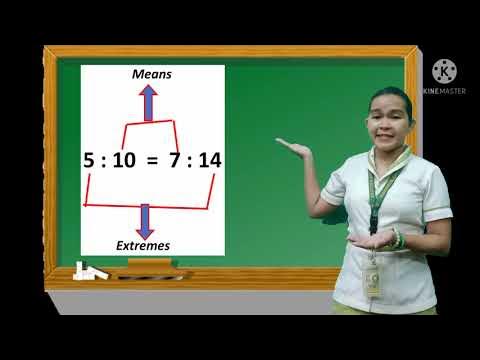Concentração das Soluções em Porcentagem
Summary
TLDRIn this lesson, we learn how to express the concentration of solutions in percentages. Three key methods are explored: mass percent, which shows how many grams of solute are in 100 grams of solution; mass/volume percent, which indicates how many grams of solute are in 100 mL of solution; and volume percent, which measures the volume of solute in 100 mL of solution. The video provides examples of each method, explaining how to calculate concentration through simple arithmetic and the 'rule of three.' This content is valuable for students studying solution concentration in chemistry.
Takeaways
- 😀 Solutions can be expressed in various ways, such as mass/volume and mole/volume concentrations.
- 😀 Mass percentage expresses the concentration by indicating how many grams of solute are dissolved in 100 grams of solution.
- 😀 To calculate mass percentage, add the mass of the solute to the mass of the solvent, and then set up a ratio to determine the solute's mass in 100 grams of solution.
- 😀 A practical example involves calculating the concentration of sodium chloride in a solution, yielding a mass percentage of 4.76%.
- 😀 Mass percentage by volume refers to the amount of solute (in grams) dissolved in 100 milliliters of solution.
- 😀 An example with saline solution shows that 5% mass/volume concentration results in 40 grams of solute for 800 ml of solution.
- 😀 Volume percentage, which applies only to liquid or gaseous solutions, indicates how many milliliters of solute are in 100 milliliters of solution.
- 😀 For a solution of ethanol and water, the volume percentage was calculated to be 4%.
- 😀 Percentage by mass, volume, and volume/volume are the three main ways of expressing the concentration of a solution.
- 😀 Practical problems involving concentration often require simple mathematical rules, like the rule of three, to calculate solute amounts or concentration percentages.
- 😀 The lesson encourages engagement with the content on social media platforms, including Instagram, Facebook, and TikTok, for further learning.
Q & A
What are the different ways to express the concentration of a solution?
-The concentration of a solution can be expressed in several ways: in terms of mass (grams of solute per liter of solution), quantity of matter (moles of solute per liter of solution), and as a percentage, which can be expressed as mass percentage, mass/volume percentage, or volume/volume percentage.
What is mass percentage in terms of concentration?
-Mass percentage expresses the concentration of a solution by indicating the amount of solute in grams per 100 grams of solution.
How is mass percentage calculated in a solution?
-To calculate the mass percentage, add the mass of the solute and solvent to find the total mass of the solution. Then, use the proportion method to find out how much solute is present in 100 grams of solution.
What is the mass percentage of a solution with 20 grams of sodium chloride dissolved in 420 grams of solution?
-The mass percentage is 4.76%. This is calculated by dividing 20 grams (mass of the solute) by 420 grams (total mass of the solution) and multiplying by 100.
What is mass/volume percentage?
-Mass/volume percentage indicates the mass of solute in grams dissolved in every 100 milliliters of solution.
How is mass/volume percentage calculated using an example of a 5% saline solution?
-If a saline solution has a concentration of 5% mass/volume, this means 5 grams of solute are dissolved in every 100 milliliters of solution. To find the amount of solute in a different volume of solution, use proportional reasoning.
What is the mass of solute in 800 ml of a 5% mass/volume saline solution?
-In 800 ml of the 5% mass/volume solution, the mass of solute would be 40 grams, calculated by using a proportion where 5 grams of solute is dissolved in 100 ml of solution.
What is volume/volume percentage and when is it used?
-Volume/volume percentage expresses the concentration of a solution in terms of the volume of solute (in milliliters) dissolved in every 100 milliliters of solution. This is used for liquid or gaseous solutions.
How is volume/volume percentage calculated in a solution made with 2 ml of ethanol and 48 ml of water?
-The volume of the solution is 50 ml, and the concentration of solute (ethanol) is 4%, calculated by using the proportion of solute volume to total solution volume.
Why is it important to understand the different ways of expressing concentration in solutions?
-Understanding different ways to express concentration is important for accurately preparing and analyzing solutions in various scientific and medical contexts, ensuring precise measurements and correct applications.
Outlines

This section is available to paid users only. Please upgrade to access this part.
Upgrade NowMindmap

This section is available to paid users only. Please upgrade to access this part.
Upgrade NowKeywords

This section is available to paid users only. Please upgrade to access this part.
Upgrade NowHighlights

This section is available to paid users only. Please upgrade to access this part.
Upgrade NowTranscripts

This section is available to paid users only. Please upgrade to access this part.
Upgrade Now5.0 / 5 (0 votes)





